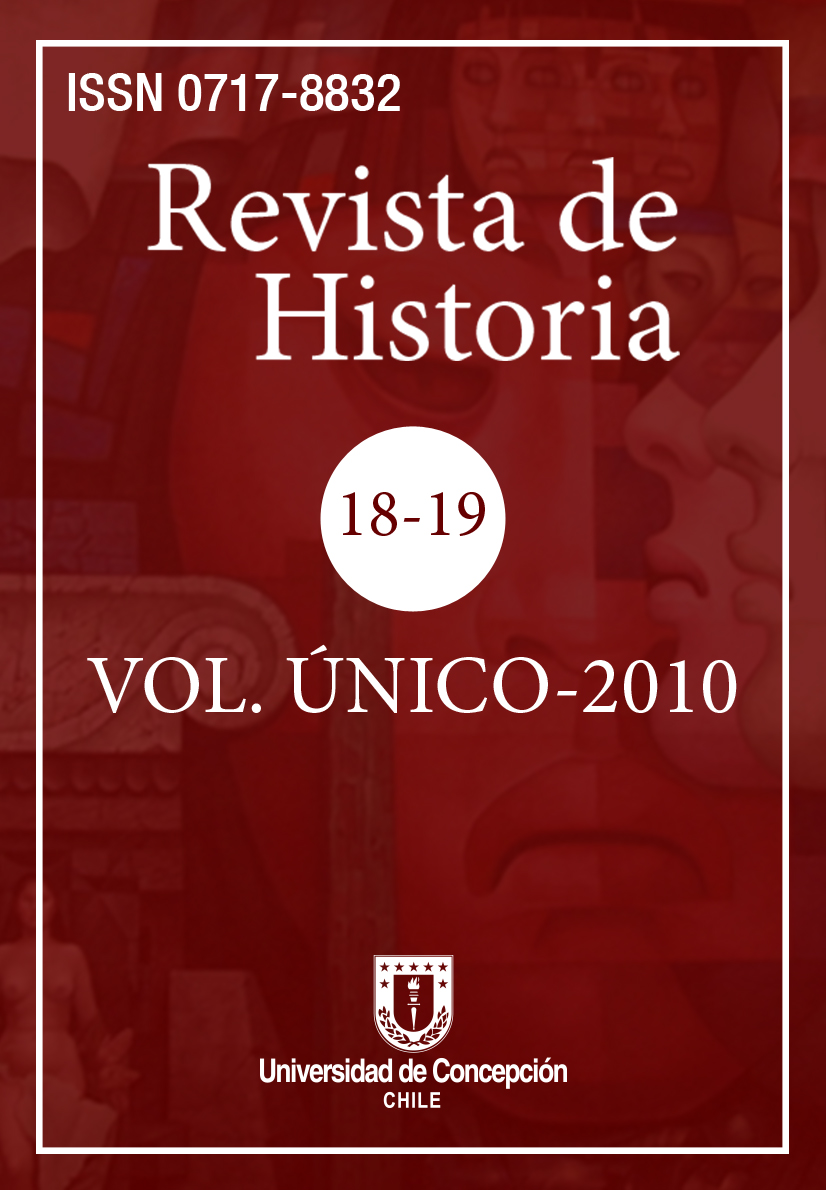From ocupation to culturization: chilean school and mapuche people on the XIX and XX century
DOI:
https://doi.org/10.29393/RH18-45OTOA10045Keywords:
cultural diversity, cultural homogeneity, chilean school, mapuche cultureAbstract
In times in which the recognition and value of cultural diversity has turned into a profusely widespread dialogue. This article examines how the school system has historically not considered this perspective, in its educational relationship with the indigenous culture in the context of the formation of the State-Nation, the state school was precisely designed, in the 19th century, to homogenize the culture based on the interests of society's dominant groups. This was the principle that guided the educational logic within Chilean schools with regard to the Mapuche culture, in which the main aim turned out to be the assimilation of its population into the Chilean society. Only recently, late 20th century, the national curriculum has granted consideration, at least as a statement, to cultural diversity in its different levels of concretion, which constitutes an educational possibility of major relevancy for and significance to the Mapuche descendant's students.
Downloads
Published
How to Cite
Issue
Section

This work is licensed under a Creative Commons Attribution 4.0 International License.






